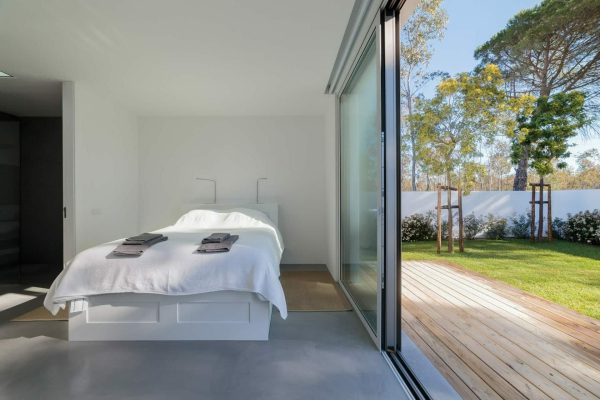At NAPC, we specialise in navigating the planning system for annexes and garden buildings. Most of the time, these proposals can be dealt with through permitted development rights or a householder planning application. But in some situations, local authorities may request that an annexe goes through the full planning process. When that happens, a new statutory requirement comes into play that can catch applicants by surprise: Biodiversity Net Gain (BNG).
What is Biodiversity Net Gain?
From February 2024, most planning applications in England have been required to deliver at least a 10% improvement in biodiversity compared with the site’s baseline condition. This is measured using a government-approved metric, which calculates the value of habitats before and after development.
The aim is to ensure that development does not just avoid harming the environment but enhances it. While this is a positive principle, it can create additional steps (and costs) for applicants, even for relatively modest projects like annexes.
When Does BNG Apply to Annexes?
Ordinarily, BNG requirements do not apply to householder planning applications (such as extensions to your home) or permitted development schemes. However, an annexe is sometimes considered by councils to be more akin to a new residential unit. In those cases, the application may be treated as a full planning application rather than a householder one.
Once a proposal is classed as “full planning,” the statutory 10% BNG requirement is automatically triggered. That means that:
- A baseline biodiversity survey may need to be carried out by an ecologist.
- The impact of the annexe on the site’s habitats must be assessed.
Habitat creation or enhancement measures may need to be designed into the scheme to reach the 10% improvement target.
What Does This Mean in Practice?
For homeowners, this can be unexpected. A small annexe in your back garden might not seem like it has much impact on local ecology. But legally, if it falls under the scope of a full planning application, the council cannot grant permission unless the 10% BNG requirement is met.
This could involve simple measures, such as planting native hedges, wildflower areas, or bird/bat boxes, or in more constrained sites, securing off-site credits to deliver the biodiversity uplift elsewhere. Either way, it adds another layer of complexity, timescale, and potential cost to the project.
How NAPC Can Help
At NAPC, we have seen several councils adopt this approach to annexe applications, and we know how to prepare for it. We work closely with specialist ecologists to:
- Confirm whether your project falls under the statutory BNG rules.
- Arrange baseline biodiversity assessments if required.
- Build practical, proportionate biodiversity enhancements into your application.
- Liaise with the council to ensure their BNG requirements are met without unnecessary delay or expense.
Our aim is to give you clarity from the outset, so you know exactly what is needed and how to achieve it.
Final Thoughts
Biodiversity Net Gain is here to stay, and while it was introduced with larger developments in mind, it is now filtering down to smaller projects, including annexes in certain situations. If your council requests a full planning application for your annexe, be prepared for BNG to be part of the process.
If you are considering an annexe project and want clear, expert guidance on how planning rules (including BNG) may affect you, get in touch with the team at NAPC.
01285 283200


